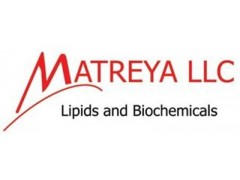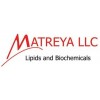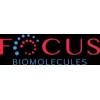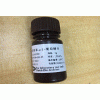      |

 通过认证 [诚信档案]
通过认证 [诚信档案]
| Cat. Number |
M1628
|
| Chemical Name |
N-Hexanoyl-NBD-phytosphingosine
|
| Category |
bacteria
|
| Mol. Formula |
C30H51N5O7
|
| Qty 1 |
100ug
|
| Qty 2 |
1mg
|
| Appearance |
solid
|
| Application Notes |
98+% TLC
|
| Synonym |
N-C6:0-NBD-Phytoceramide; N-C6:0-NBD-Phytosphingosine
|
| Solubility |
methanol, chloroform/methanol, 2:1
|
| References |
This product is a fluorescent analog of natural C6:0-phytosphingosine. The 7-nitrobenz-2-oxa-1,3-diazol-4-yl (NBD)fluorescent group has been shown to have only a small influence on lipid adsorption into cells and cellular membranes. Thisfluorescent analog of natural phytoceramide is comparable to C6:0-phytoceramide in many biological functions, such as lipiduptake and transport,1but is not active in all systems. While human glucosylceramide synthase readily takes up and glycosilates C6:0-NBD-phytoceramide the fungalCryptococcus neoformans does not.2 Phytosphingosine is a long-chainsphingoid base having important cellular functions such as signaling, cytoskeletal structure, celluarcycle, and heat stress response. Phytosphingosine can lead to apoptosis via two distinct pathways and has been investigated as a possible cancertherapeutic treatment.3Phytoceramides (fatty acid acylated to Phytosphingosine) are distributed at the microvillous membraneof the epithelial cells of the small intes tine. Crypt cells and the adjacent epithelial cells produce phytosphingoglycolipids in much greater quantities than more differentiated epithelial cells.4 |